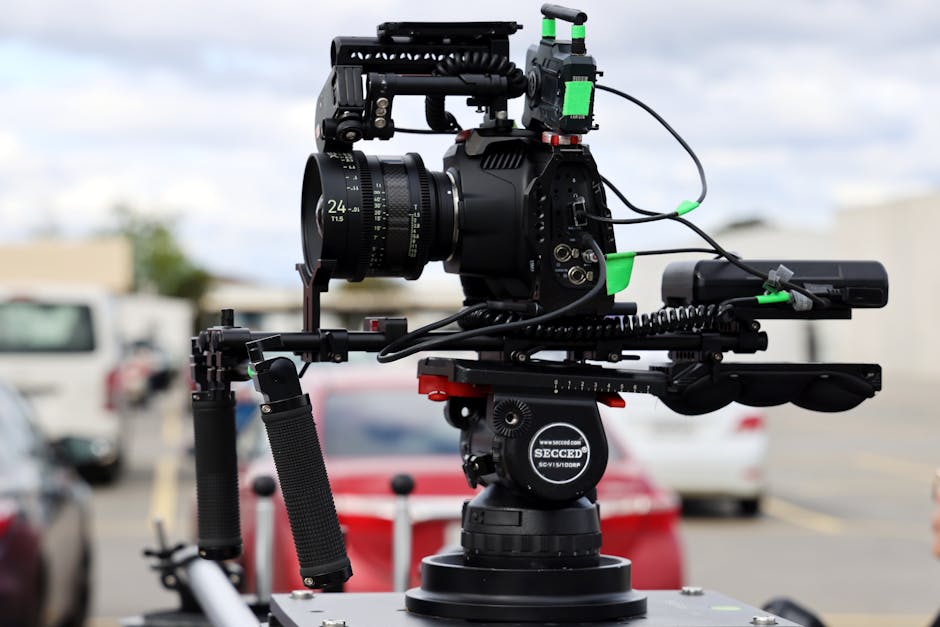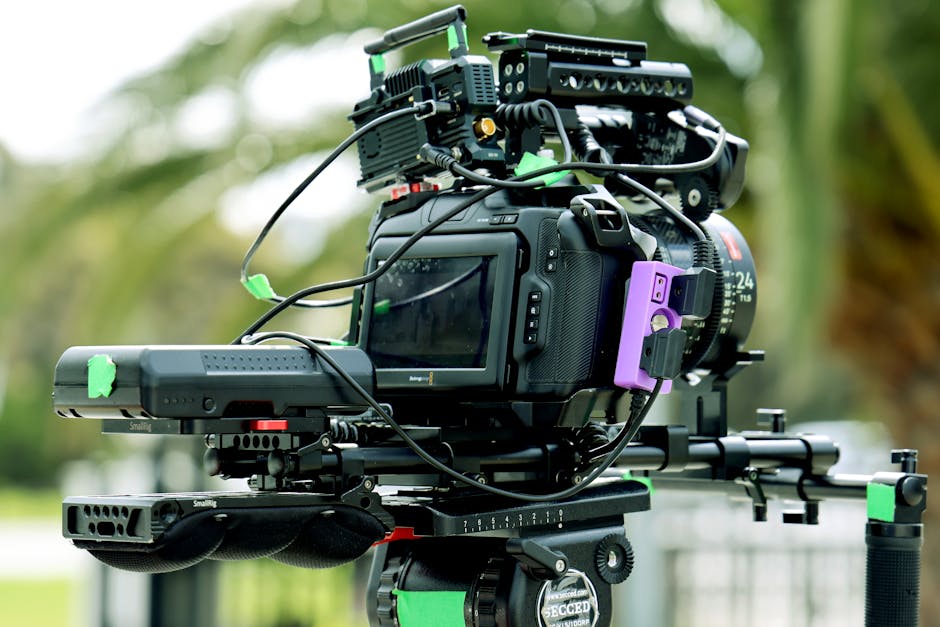Creating Cinematic Travel Videos with Basic Equipment
Creating cinematic travel videos has become an increasingly popular way for people to share their adventures and experiences with the world. Many aspiring creators believe that producing high-quality, visually stunning videos requires expensive gear, but this isn't always the case. With basic equipment and a little creativity, it’s entirely possible to craft professional-looking travel films that captivate your audience. Whether you're using a smartphone, entry-level DSLR, or a simple action camera, mastering techniques in composition, lighting, and editing can elevate your travel videos to a cinematic level.

Choosing the Right Basic Equipment
When it comes to filming cinematic travel videos with basic equipment, you don't need the latest tech gadgets or high-end cameras. Instead, focus on the essentials that will help you capture stable and clear footage. A smartphone with a decent camera is often more than enough for beginners. Look for models with features like optical image stabilization (OIS), 4K recording capabilities, and manual control over settings like ISO and shutter speed.
If you're using a DSLR or mirrorless camera, consider an entry-level model that offers video functionality. Cameras like the Canon EOS Rebel T7 or Sony Alpha a6000 provide excellent image quality without breaking the bank. Additionally, investing in a simple tripod or gimbal can make a significant difference in the stability of your shots, allowing for smoother pans and reduced shakiness.
Don’t forget about audio quality as well. While built-in microphones on smartphones or cameras can suffice in quiet environments, consider using an external microphone if you plan to include voiceovers or dialogue. Devices such as the Rode VideoMic or even budget-friendly lavalier mics can significantly improve audio clarity.
Mastering Composition and Lighting
One of the most critical aspects of creating visually appealing travel videos is mastering composition. Cinematic footage isn’t just about what equipment you use but how you frame your shots. The rule of thirds is one of the most common composition techniques used in filmmaking. By mentally dividing your frame into three sections both vertically and horizontally, you can position points of interest along these lines or at their intersections to create more balanced and engaging visuals.
Another powerful tool is leading lines, natural or man-made lines within a scene that guide viewers’ eyes toward the subject. This could be anything from roads and rivers to architectural elements like doorways or hallways. Using leading lines effectively adds depth and perspective to your shots, making them feel more immersive.
Lighting also plays an essential role in achieving that cinematic look. Natural light is often your best friend when shooting outdoors, especially during "golden hour," which occurs shortly after sunrise or before sunset when the sunlight is softer and warmer. If you're indoors or shooting at night, portable LED lights are inexpensive tools that can help illuminate your subjects without harsh shadows.
Using Simple Editing Techniques
The magic of cinematic travel videos often comes together in post-production. Even with basic equipment, editing can transform ordinary footage into something extraordinary. There are several free or budget-friendly video editing software options available that offer powerful tools without overwhelming beginners. Programs like iMovie (for Mac users) and DaVinci Resolve (available on both Mac and Windows) provide intuitive interfaces while still offering features like color grading and stabilization.

Start by organizing your footage into sequences that follow a logical narrative flow, this could be based on location changes, activities, or time of day. Then add transitions between clips carefully to maintain smooth visual continuity. Hard cuts work well when moving between scenes quickly, while slower fades are better suited for transitions between different moods or environments.
- Cut unnecessary footage to keep your video concise and engaging.
- Sync music with key visual moments for emotional impact.
- Use slow-motion sparingly to highlight important details.
Color grading also plays an important role in setting the mood for your video. You don’t need professional-grade software for this, many affordable editors include presets that can enhance colors dramatically with just a few clicks. Adjusting contrast, exposure, and saturation levels will help make your video stand out without looking over-edited.
Avoiding Common Mistakes
Even with basic equipment, there are some common mistakes many beginners make when filming travel videos that can detract from the overall quality of their project. One frequent issue is shaky footage caused by handheld shooting without stabilization tools like tripods or gimbals. If you don’t have access to these accessories, try bracing yourself against a stationary object like a wall or railing while shooting to minimize movement.
Another pitfall is poor audio quality due to wind noise or background sounds overpowering dialogue or commentary. Investing in an inexpensive external microphone solves this problem easily but remember: always test audio levels before starting your shoot!
Pacing is another factor that can affect how viewers engage with your content. Long, drawn-out shots may cause boredom unless they serve a specific purpose within the story arc (such as building suspense). On the other hand, rapid cuts between clips may feel jarring if not done thoughtfully, aim for balance by varying shot lengths according to changes in scenery or activity.
| Common Mistakes | How to Avoid Them |
|---|---|
| Shaky Footage | Use a tripod/gimbal or stabilize by leaning on surfaces |
| Poor Audio Quality | Invest in an external microphone; test sound levels beforehand |
| Pacing Issues | Edit thoughtfully; vary shot length based on mood/activity |
| Over-editing Colors | Avoid extreme color grading; aim for natural tones |
The last thing you want is for all your hard work filming to go unnoticed because of easily avoidable mistakes like these! Paying attention to details such as pacing and audio will enhance not only how your video looks but also how it feels overall.
The ability to create cinematic travel videos using basic equipment offers endless possibilities for those who want to share their unique perspectives with others without investing heavily in gear upfront. By focusing on mastering composition techniques, being mindful of lighting conditions, leveraging accessible editing tools effectively, and avoiding common mistakes, anyone can produce stunning travel content that rivals professional productions.
Learning never stops when it comes to filmmaking! From experimenting with new editing styles to refining storytelling approaches through trial-and-error experiences, the more time you spend behind the lens (and at the computer screen), the better your content will become over time!